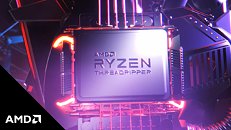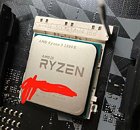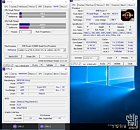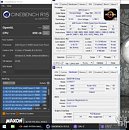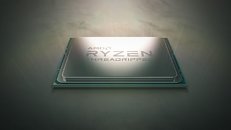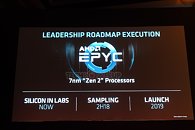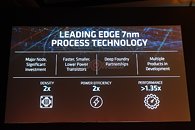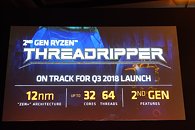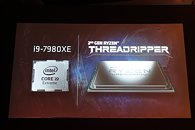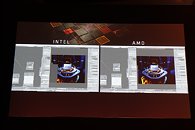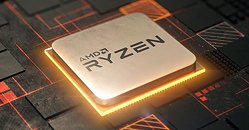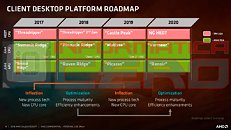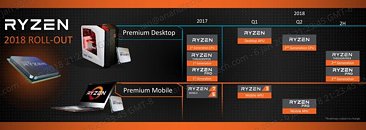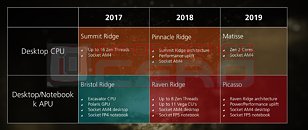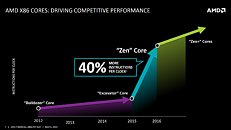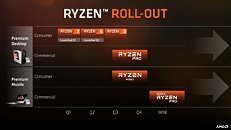
AMD Launches World's Most Powerful Desktop Processor: 2nd Generation Threadripper
AMD today announced the availability of world's most powerful desktop processor, the 2nd Gen AMD Ryzen Threadripper 2990WX processor with 32 cores and 64 threads. Designed to power the ultimate computing experiences, 2nd Gen AMD Ryzen Threadripper processors are built using 12 nm "Zen+" x86 processor architecture and offer the most threads on any desktop processor with the flagship model delivering up to 53% greater performance than the competition's flagship model. Second Gen AMD Ryzen Threadripper processors support the most I/O, and are compatible with existing AMD X399 chipset motherboards via a simple BIOS update, offering builders a broad choice for designing the ultimate high-end desktop or workstation PC.
"We created Ryzen Threadripper processors because we saw an opportunity to deliver unheard-of levels of multithreaded computing for the demanding needs of creators, gamers, and PC enthusiasts in the HEDT market," said Jim Anderson, senior vice president and general manager, Computing and Graphics Business Group, AMD. "With the 2nd Gen processor family we took that challenge to a whole new level - delivering the biggest, most powerful desktop processor the world has ever seen."
"We created Ryzen Threadripper processors because we saw an opportunity to deliver unheard-of levels of multithreaded computing for the demanding needs of creators, gamers, and PC enthusiasts in the HEDT market," said Jim Anderson, senior vice president and general manager, Computing and Graphics Business Group, AMD. "With the 2nd Gen processor family we took that challenge to a whole new level - delivering the biggest, most powerful desktop processor the world has ever seen."
